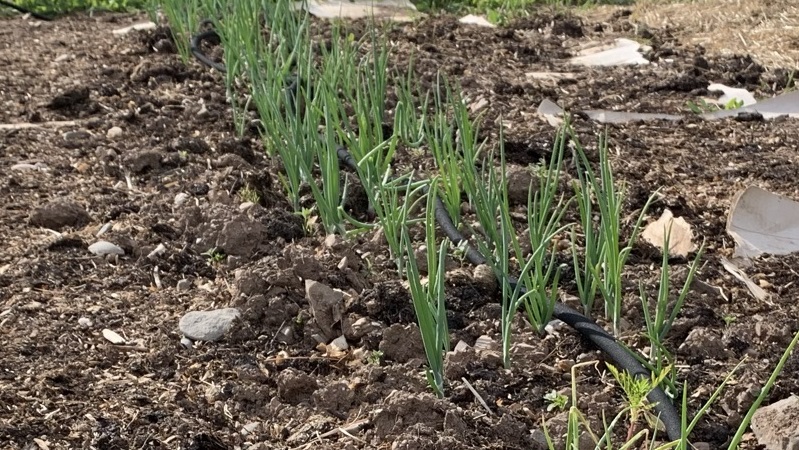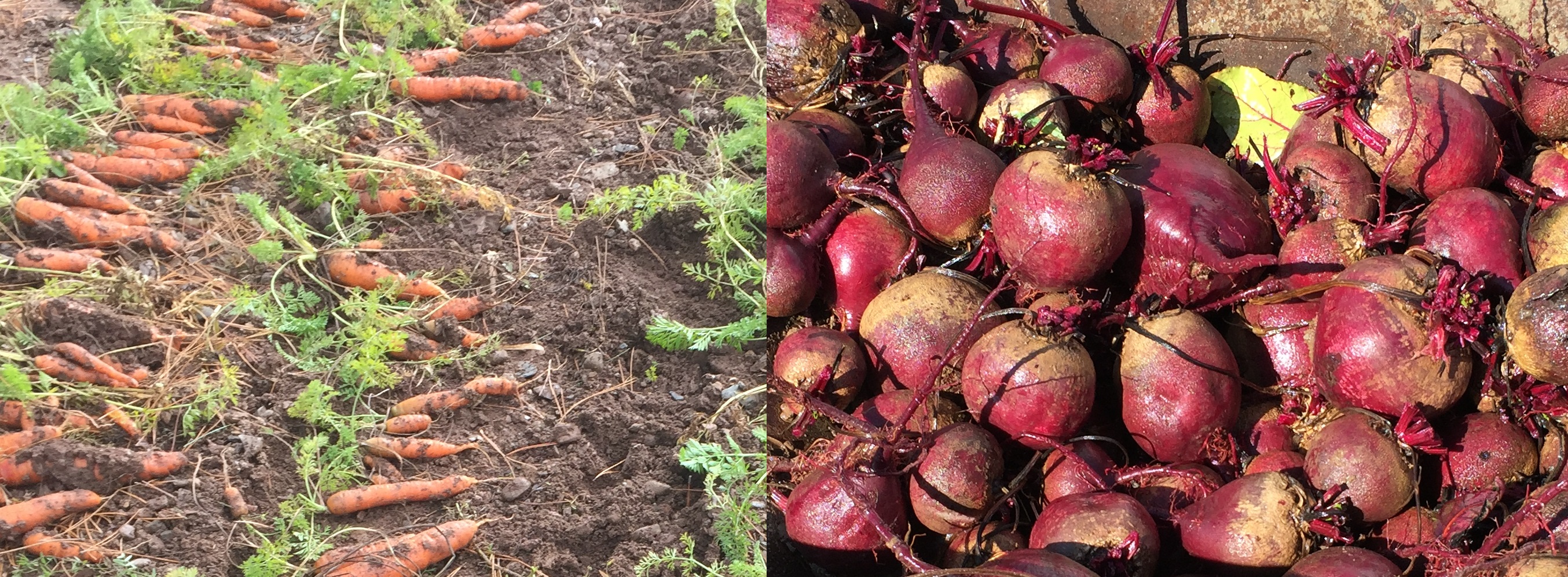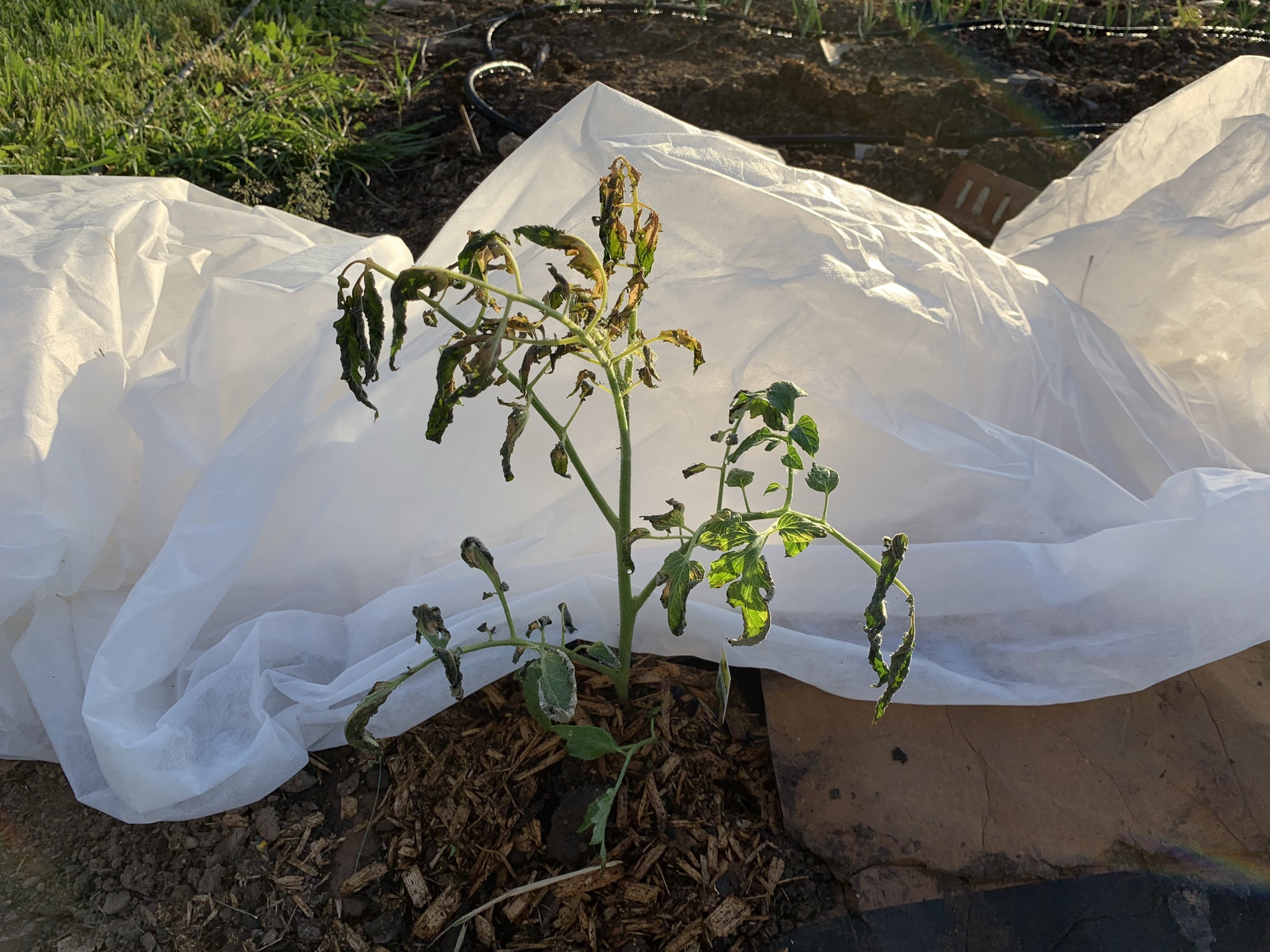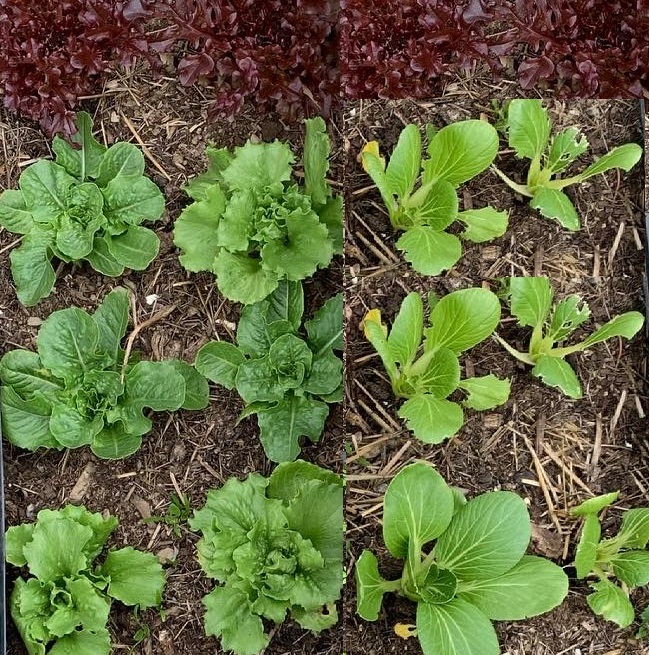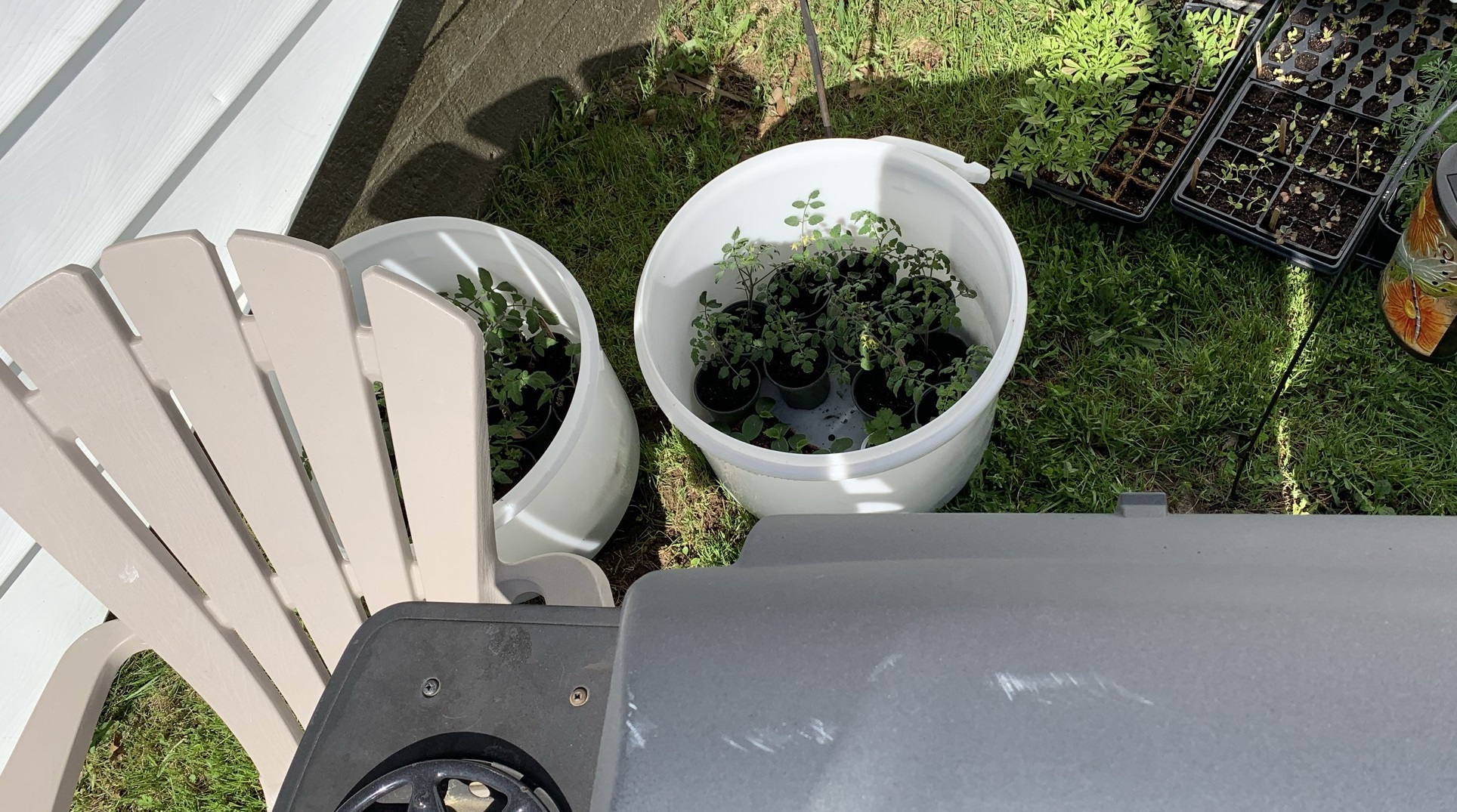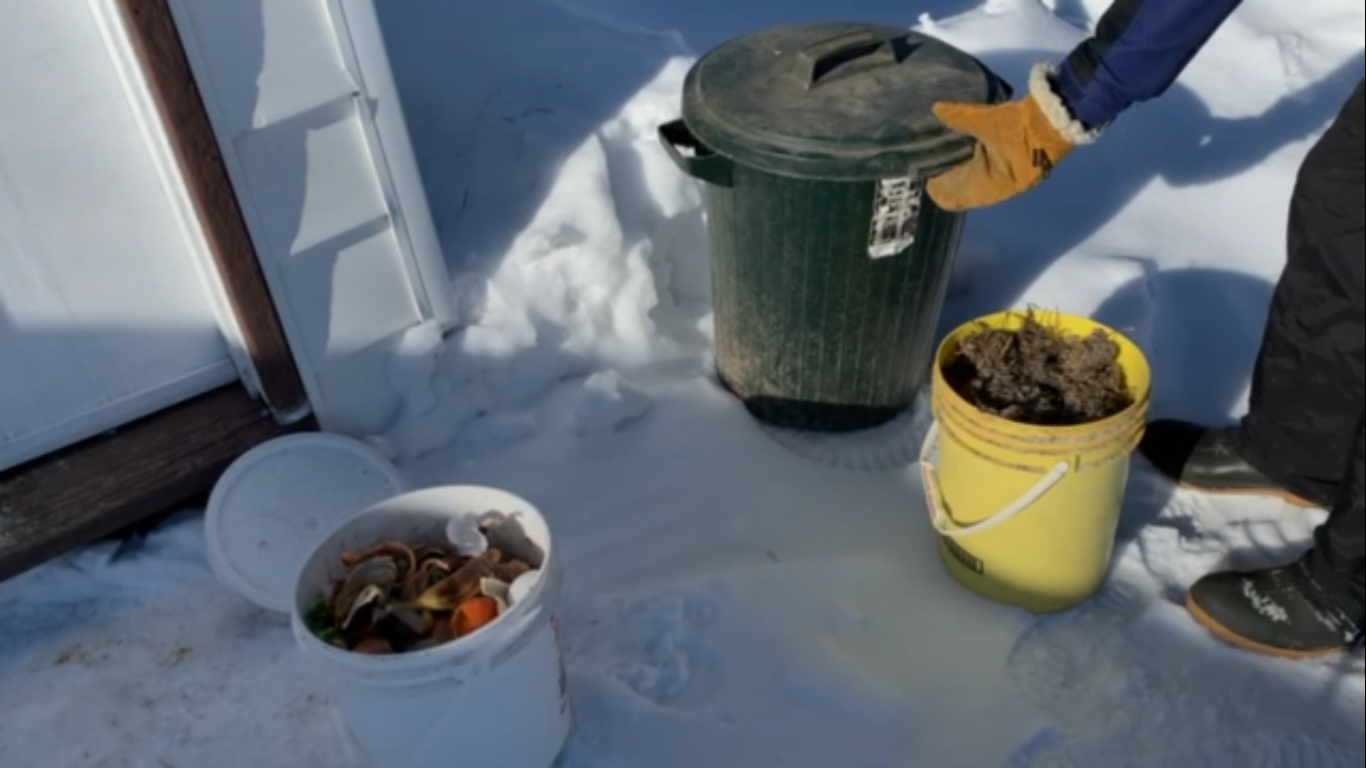Even in northern gardens, cool season crops should be planted early.
Do you plant your whole garden at once?
Do you plant your cool season crops at the same time as the rest of your garden?
It's surprising how many northern gardeners do.
Spring in the north is a busy time of year. Winter snow has finally melted, and the spring freshet is over. The yard has dried up and there is raking to do, lawns to prepare, and perhaps next winter’s firewood to acquire.
You are so looking forward to some real garden tomatoes and fresh cucumbers and your own hot peppers. Maybe you’ll even take a chance on some short season varieties of watermelons or sweet potatoes this year. And of course, you’ll plant some potatoes, carrots, beets, and winter squash to store away for winter. You may even put in a few rows of early sweet corn.
But you are not in a rush to get started. The full moon in June is late this year, and we always get a frost around the full moon. If we plant the garden late, things will grow faster in the heat anyway.
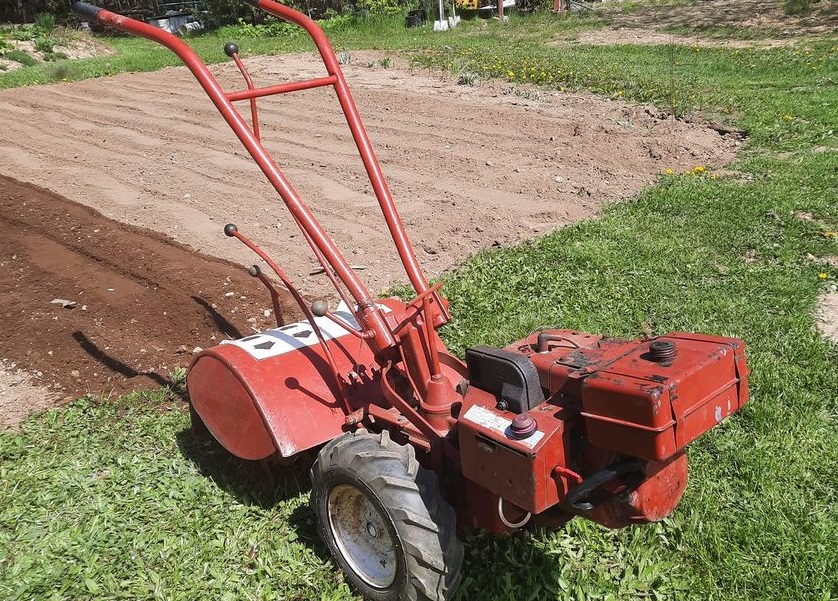 Tilling whole garden at once
Tilling whole garden at onceIf the above scenario describes your cold climate garden, then you may be missing out on the bountiful cool season crops that thrive so well in a cool climate like zone 3 where I live.
I know, it’s easier to dig out the rototiller and till and plant the whole garden in one day, and because we don’t have the extreme heat of the south, you can still grow some peas, a few greens, and some broccoli and get a harvest but you won’t get the crop you could have.
Don't wait to plant your cool season crops
Many cool season crops should be planted as early as the ground can be worked.
Here are some crops that can be planted as soon as the ground has completely thawed and dried up:
PEAS
Peas definitely fit in the category of cool season crops. They will easily withstand a significant frost and do not produce well in the heat.
Peas are available as early-, mid-, or late-season varieties and vary in height from less than two feet for some dwarf varieties to six feet or more for the tall telephone variety.
Germination can take place at temperatures as low as 40 degrees Fahrenheit so plant your peas early, close together, on both sides of a trellis or fence. To speed germination, soak your peas for a few hours before planting or mix with a garden inoculant.
While dwarf varieties will support each other quite well if planted close together, they can still benefit from some sort of staking to keep fruit off the ground and facilitate picking.
There are three basic types of edible peas: snow peas, snap peas, and shell peas (English peas).
Snow peas are harvested immature and eaten pod and all. Shell peas need to be shelled or “podded” and the shell is discarded. Snap peas are good immature (pod and all), or you can wait until they mature and just eat the peas.
Shell peas have a very narrow harvest window for optimum flavor so you may want to extend your harvest season by either planting a short row each week during the late spring or by selecting an early variety, a mid-season variety and a late variety and planting a few of each.
As peas start to produce blossoms and pods, they use a lot of water and can benefit from a mulch and regular watering.
Even in zone 3, peas don’t mature well in the dry hot weather of late July and early August but will produce well in the early autumn so you may want to consider planting a few peas in July to eat in September.
Watch your peas closely as the pods begin to fill. While you don’t want the peas to be tiny, you certainly don’t want them fat and tough. Two or three days will change peas from optimum flavor to tough and disgusting.
Like any garden produce, peas should be used fresh from the garden or refrigerated immediately and used as soon as possible.
ONIONS
If you don’t purchase your onion seeds or sets from a seed company that specializes in short season varieties, it is important to make sure you buy a long day variety, not a short day variety.
In northern latitudes like zone 3, we have the ideal long hours of sunlight required for long day varieties. That is why you should plant your onions as soon as the ground can be worked so they can be growing in the 15+ hour days we have here in the month of June.
If you are looking for bunching onions that are used for the green top and not the bulb, you can plant later in the season, but if you want a storage variety with a good size bulb, you need to get them in the ground early.
If you want to plant storage onions from seed, you will need to get them started indoors in January as they take a long time to grow.
Onion sets (small onion bulbs that have been pre-started by your seed company) are easier and quicker to grow. In northern zones, your seed company will only ship onion sets after the harsh cold of winter is past so there is no danger of them freezing during transit. If they can’t be planted immediately upon arrival, they should be stored in a cool, dry place until planting is possible.
You can plant your onion sets close together and thin them for use as green onions during the summer. Mulch your onions and keep them as weed-free as possible.
In late summer, some people like to break or fold over the onion tops to put all the energy into the maturing bulb. This is generally unnecessary if you plant your onions early enough. As the stocks mature, they will fall over on their own and begin to dry out.
Your mature onions will stand some frost in the fall but should be harvested before a hard freeze. Leave them to dry in the sun until the tops have shriveled. Then cut off the remaining tops and store them in a cool dry place for the winter.
GREENS
Greens are a favorite among the cool season crops. Most any plant that is grown for its leaves -- such as lettuce, spinach, Swiss chard, kale, arugula, and all the Asian greens -- is very cold hardy. (Kale, arugula, and many Asian greens are also member of the brassicas family as discussed below.) Often these plants will bolt (go prematurely to flower) in the heat, so plant them as soon as the ground can be worked.
Many greens have very tiny seeds and are better started indoors about 4 weeks before you are ready to set them out. (Spinach, arugula, and Swiss chard are exceptions to this rule and are better direct sown outdoors.)
After the seedlings have been properly hardened off, you can transplant them outside, preferably on a cloudy day. Unless you plan to eat the greens at the baby leaf stage, you will want to provide adequate spacing between each plant as suggested on the seed package.
BRASSICAS
Members of the cabbage family-- also known as brassicas, crucifers, mustards, or cole crops – all enjoy cool weather and are frost hardy. Common members of this family include cabbage, broccoli, cauliflower, Brussels sprouts, kale, arugula, collards, and many of the Asian greens such pak choi, and Chinese cabbage.
Like lettuce, most of these plants have very tiny seeds and do better if set out as transplants.
Unfortunately, all brassicas are loved by the cabbage worm. Because the cabbage worm does such an excellent job at camouflage, it is almost impossible to control by hand picking, so brassicas should either be kept under a row cover to keep these pests out, or else an organic pesticide such as BT should be used.
ROOT CROPS
Most any root crop – carrots, beets, rutabaga, turnips, radishes – is frost hardy and can be planted early, although most can also grow well in the summer heat as long as they have adequate moisture.
Carrots, beets, and radishes are good choices for succession planting. Radishes grow fast so you can grow several crops each year. Early crops of carrots and beets are good eaten young in midsummer. Later crops can be used for winter storage.
Rutabaga is also a good choice for winter storage, but it should be planted early because it needs a long growing season. Many people feel that rutabaga tastes better after a hard frost.
Lengthen your season
I don’t blame you if you love your homegrown tomatoes, and there’s nothing like a cucumber fresh from the garden. And unless you have some pretty good season extenders, there is no point in planting them too early. There is nothing more disheartening than to baby your tomato plants indoors for months and then lose them to frost.
But just because you can’t plant heat loving crops early, there is no excuse to wait to plant your cool loving crops. We in the north have a short enough season. Lengthen it as much as you can. Learn what can stand the cold and what can’t so you can extend your season on both ends!


